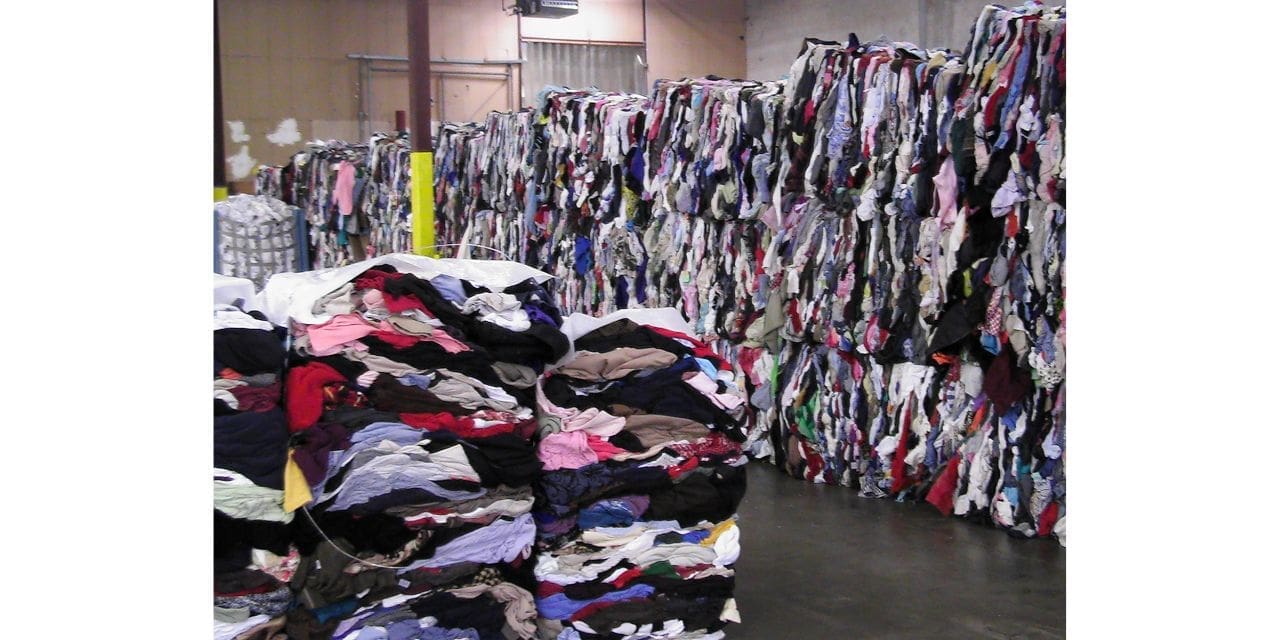To date, governments have mostly left individual firms to deal with the environmental impact of fashion. However, the European Union wishes to intervene and begin proposing legislation to assist the business in better controlling its waste issues.
Following the adoption of the European Green Deal in 2019, officials have selected fashion, and particularly the textiles industry, as a priority sector for paving the way for a carbon-neutral and circular economy. The first step is to develop a new Textile Strategy, which will outline the areas of focus for the new legislation over the next five years.
The EU Textile Strategy aims to boost the European Union markets for upcycling and sustainable textiles; address fast fashion, and support business models that promote more circular consumption models. Fashion contributes over 10 percent of global emissions, and there’s an urgency for policymakers to step in. “If we keep to the script we have now, we won’t be able to turn the ship around until 2070,” said Alice Bah Kuhnke, a European Union Parliament member.
The European Union’s (EU) sustainable development strategy aims to keep jobs and profitable economic development while reducing the amount of new textiles being produced and working with existing resources. Most of Europe’s environmental impact occurs in countries outside the EU where the majority of production takes place. The strategy will address this by taxing imports on products coming from countries that don’t follow Sustainable Development Goals or the Paris Agreement.
Germany’s environment minister, Horst Bah Kuhnke, says the government must be serious about how much financial investment is needed to make a serious go at cutting carbon emissions. “If we don’t address the fact that we need to consume less or in a whole new way than we have been doing, this strategy won’t work”.

